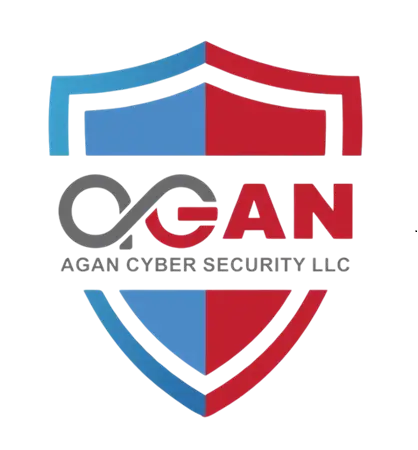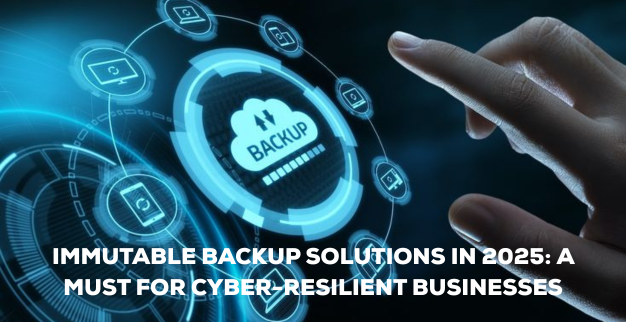INHOUSE AND OUTSOURCE
By:Ganesan D
23 Dec 2024
Category: Cyber Security
When choosing between in-house log monitoring and managed log monitoring, it’s essential to understand the differences, advantages, and disadvantages of each option based on your organization’s size, budget, expertise, and compliance needs. Here’s a detailed comparison:
1. Cost
In-House:
- Upfront Costs: High. Includes hardware, software licenses, and staffing.
- Ongoing Costs: Maintenance, training, and upgrades can be expensive.
- Scalability: Scaling infrastructure can be costly and time-consuming.
Managed:
- Upfront Costs: Lower initial investment.
- Ongoing Costs: Subscription-based pricing (monthly/annual fees).
- Scalability: Costs increase with data volume but are more predictable.
2. Expertise
In-House:
- Requires a skilled internal team with expertise in log analysis, security, and tool management.
- Learning Curve: Significant, especially for new or complex tools.
- Knowledge Retention: Builds institutional knowledge within the organization.
Managed:
- Relies on the provider’s expertise, including certified security analysts and advanced tools.
- Minimal in-house expertise needed.
- Limited internal control and understanding of the system.
3. Customization and Control
In-House:
- Full control over tools, processes, and data handling.
- Highly customizable to meet unique requirements.
- Can be tailored to specific organizational goals.
Managed:
- Limited control over configuration and data storage.
- Standardized services with some customization available.
- Provider sets the boundaries for what’s possible.
4. Security and Compliance
In-House:
- Logs remain within the organization, ensuring greater control.
- Easier to customize systems to meet specific regulatory requirements (e.g., GDPR, PCI DSS).
- Internal risks depend on the effectiveness of your team and infrastructure.
Managed:
- Logs may be stored in the provider’s infrastructure, raising concerns for sensitive data.
- Providers often comply with general standards but may not meet all specific needs.
- Risks of third-party access to sensitive data.
5. Scalability
In-House:
- Scaling requires investment in hardware, software, and personnel.
- Slower scaling due to procurement and setup delays.
Managed:
- Providers handle scaling seamlessly as log volumes grow.
- Adjustments can be made with minimal delay.
6. Monitoring and Response
In-House:
- Relies on internal team availability (24/7 may require additional staff).
- Proactive monitoring depends on internal tools and expertise.
- High downtime risk if internal team is overwhelmed or understaffed.
Managed:
- 24/7 monitoring with guaranteed response times.
- Providers use advanced tools and analytics for proactive monitoring.
- Reduced downtime risk due to redundant systems and trained staff.
7. Implementation Time
In-House:
- Longer due to procurement, setup, and configuration.
- Requires training and testing before full deployment.
Managed:
- Faster to deploy, with preconfigured solutions and expert guidance.
8. Use Case Suitability
In-House:
- Best for large organizations with sufficient resources and expertise.
- Ideal for highly sensitive data or strict regulatory environments.
Managed:
- Suitable for small to medium-sized businesses with limited resources.
- Ideal for organizations seeking cost-effective, scalable solutions.
Conclusion
Choose In-House if: You need complete control, customization, and ownership of data. Your organization has the resources, expertise, and infrastructure to manage log monitoring effectively.
Choose Managed if: You want a cost-effective, scalable, and low-maintenance solution. Your organization lacks the internal expertise or resources to monitor logs 24/7.
The best choice depends on your business priorities, technical capabilities, and long-term goals. You may also consider a hybrid approach, leveraging both in-house and managed services for specific use cases.





